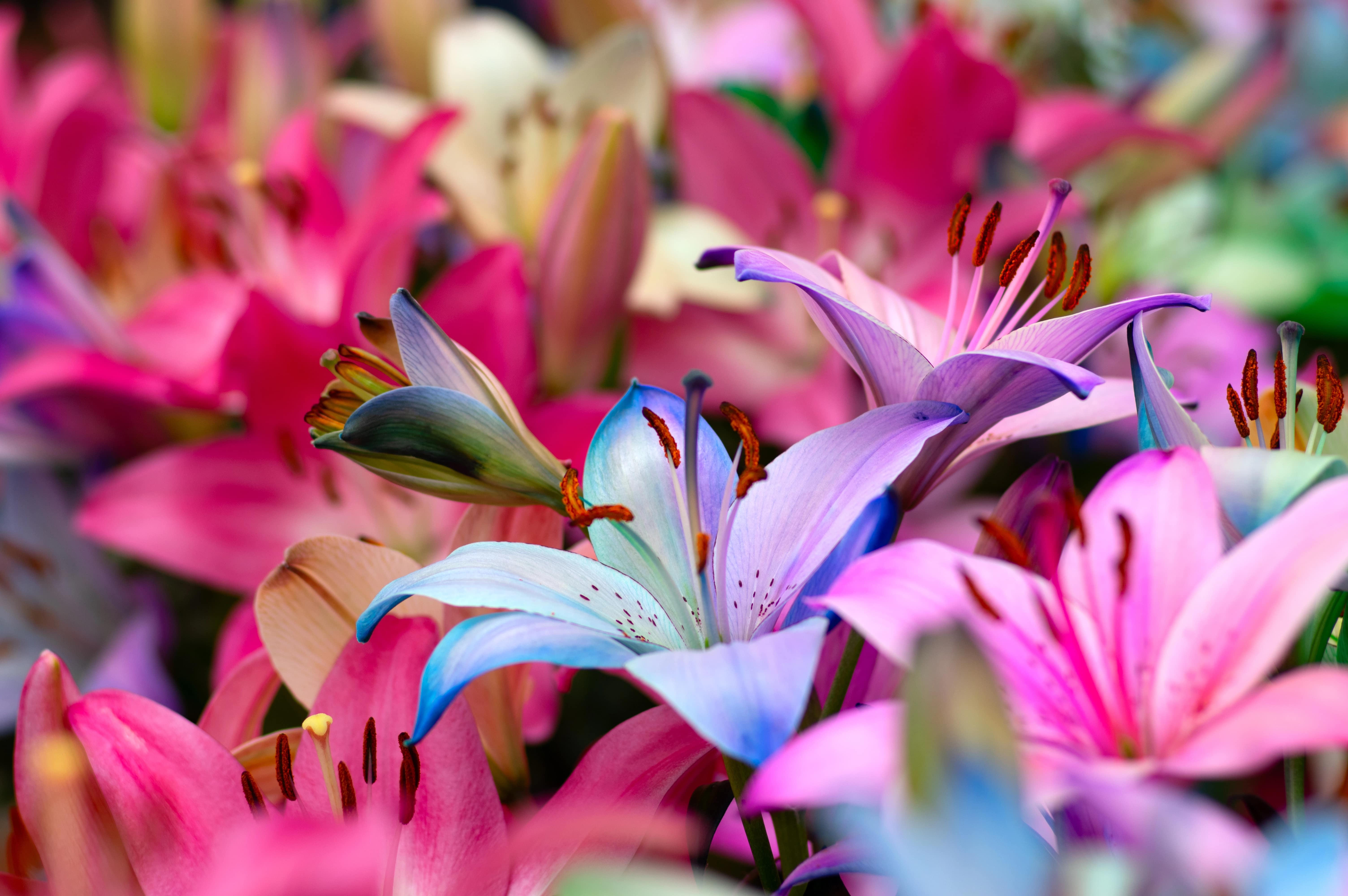Flowers are far more than beautiful decorations; they are profound cultural artifacts, silent historians, and universal communicators. Throughout time and across every continent, blooms have been integrated into human traditions, rituals, and mythology, carrying deep significance that transcends language. At Rockcastle Florist, we are fascinated by the global language of flowers, and exploring their cultural roles adds immense depth to every bouquet we create.
Flowers as Messengers in Asia
In many Asian cultures, the symbolism of flowers is meticulously observed, often dictating when and how they are gifted.
- China and Japan (The Chrysanthemum): In East Asia, the chrysanthemum (kiku in Japan) holds a place of high reverence. In Japan, it is the imperial crest, symbolizing royalty, longevity, and perfection. In China, it represents longevity and good fortune, making it a popular floral choice during the autumn season.
- India (The Lotus): The Lotus flower is perhaps the most spiritually significant bloom in Asian culture. Because it rises pristine and beautiful from muddy waters, it symbolizes purity, enlightenment, creation, and transcendence in Hinduism and Buddhism. It is a sacred emblem tied to deities and spiritual awakening.
Expressions of Love and Memory in Europe
European history is rich with floral symbolism, most notably through the Victorian-era practice of floriography (the language of flowers).
- The Rose (Ancient Greece/Rome and Europe): The rose has endured as the ultimate symbol of love and passion, tracing its roots back to the Greek and Roman goddesses of love, Aphrodite and Venus. Beyond romance, the white lily is a symbol of purity and rebirth, often associated with the Virgin Mary in Christian tradition, and is a staple in religious ceremonies.
- Rosemary and Lavender (Mediterranean): Rosemary is traditionally associated with remembrance, making it a common inclusion in funeral wreaths and memorial tributes across the continent. Lavender has long been used for purification, healing, and calming the spirit.
The Americas: Celebrating Heritage and Life
In the Americas, flowers are often central to large-scale celebrations, political significance, and honoring heritage.
- Mexico (Marigolds): The vibrant orange and yellow Marigold (cempasúchil) is the iconic flower of Día de Muertos (Day of the Dead). It is believed to guide the spirits of the deceased back to their family homes using its brilliant color and strong scent, serving as a powerful cultural and spiritual bridge.
- The Americas (Orchids): While native to many tropical regions, the exotic Orchid is a worldwide symbol of luxury and unique beauty, often chosen for formal events and high-end gifting. Its diverse species have been adopted as national flowers across Central and South America.
The Significance of Gifting Various Flowers from World Cultures
Understanding these traditions transforms the act of giving flowers. When you send a specific bloom, you are not only offering beauty but also invoking centuries of shared cultural meaning. A thoughtfully chosen flower can express respect for a recipient's heritage, communicate profound respect on a solemn occasion, or declare love using a universally understood language.
At Rockcastle Florist, we celebrate this rich history by sourcing the freshest, most meaningful blooms. Let us help you select flowers that honor tradition and beautifully articulate your message, whether it’s for a simple spontaneous gesture or a significant cultural event. Contact Rockcastle Florist to learn more today!
